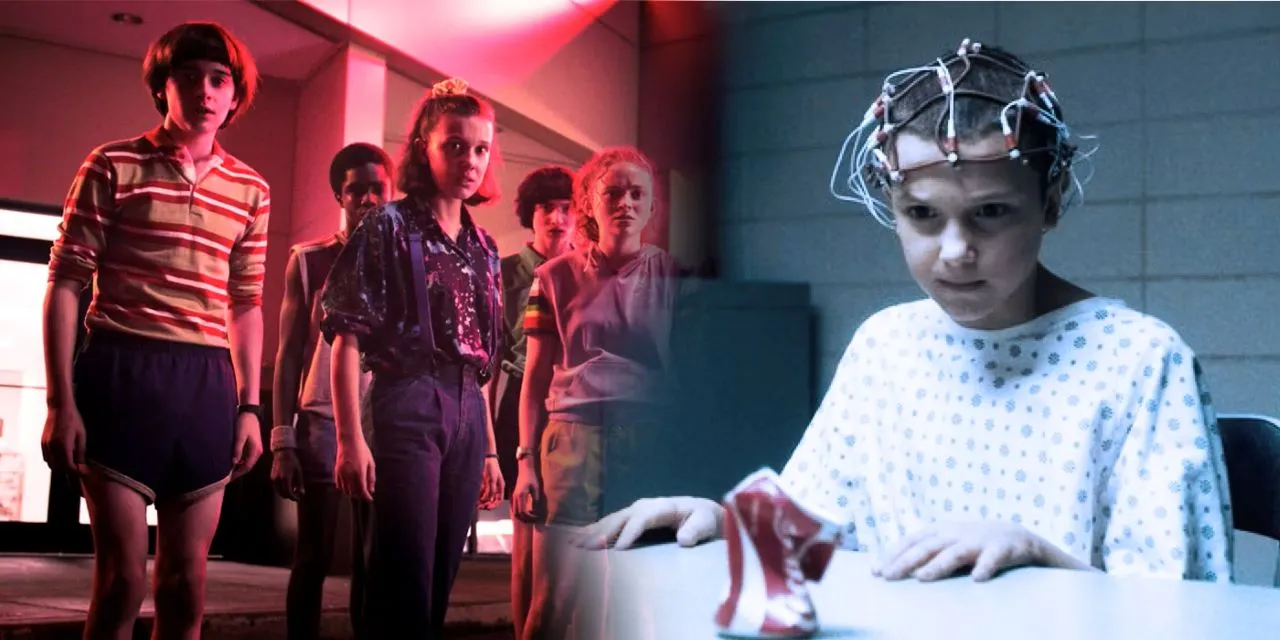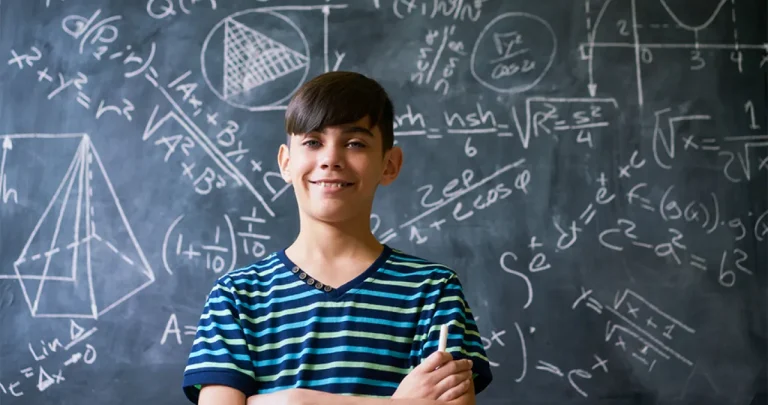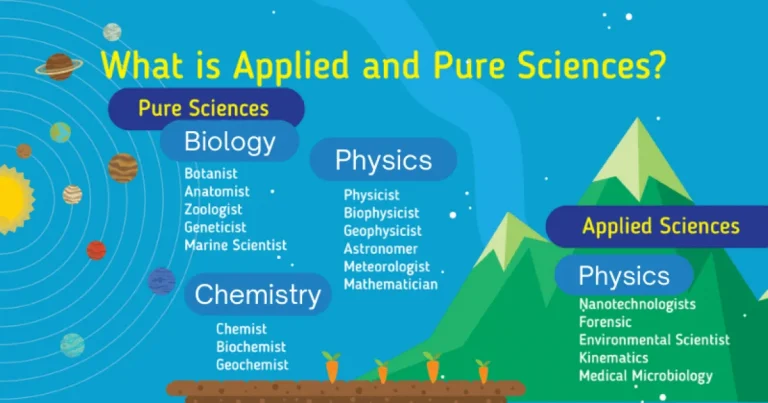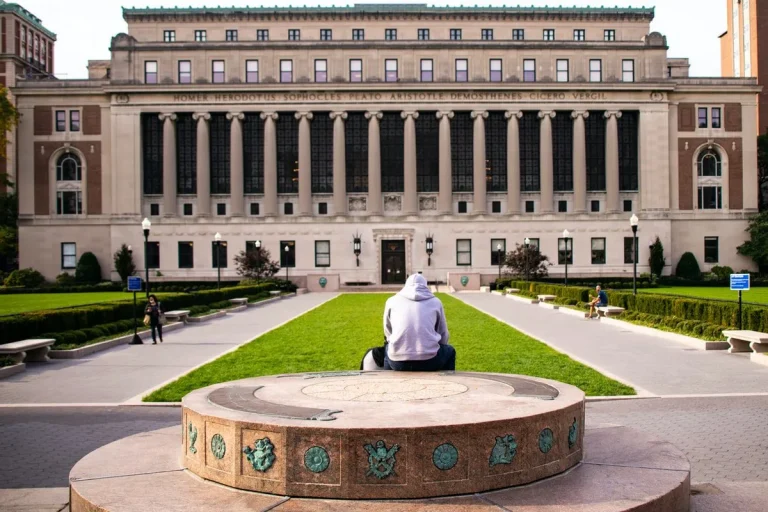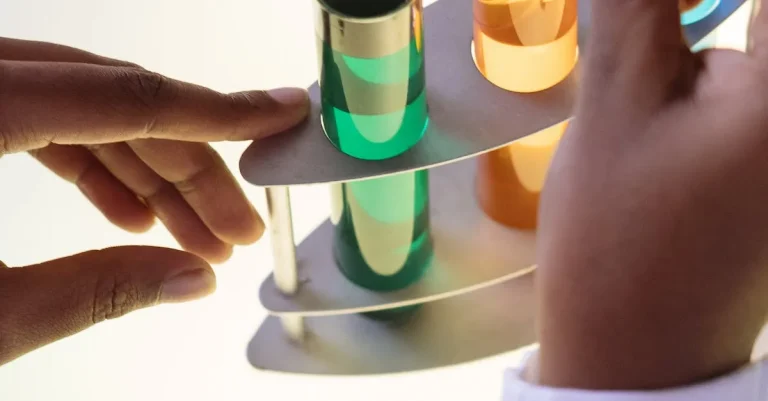Is Stranger Things Science Fiction?
With its shadowy government experiments, psychic powers, and monstrous creatures, Stranger Things delivers thrilling supernatural drama. But does the hit Netflix series count as true science fiction? This comprehensive article analyzes Stranger Things through the lens of sci-fi to determine if it qualifies for the genre.
If you’re short on time, here’s a quick answer: While Stranger Things contains some sci-fi elements, the fantasy and horror aspects are more dominant, meaning it falls just outside the boundaries of true science fiction.
Defining Science Fiction
Overview of key sci-fi genre elements and conventions
Science fiction is a genre that often explores the impact of imagined scientific advancements, futuristic technologies, and extraterrestrial life on society and individuals. It combines elements of both science and fiction to create compelling narratives that push the boundaries of our current understanding of the world.
One of the key elements of science fiction is the incorporation of scientific principles and concepts into the storylines. Whether it’s time travel, space exploration, or genetic engineering, science fiction takes these ideas and extrapolates them into a future or alternate reality.
Another important convention of science fiction is the creation of immersive and detailed worlds. Authors and filmmakers often go to great lengths to build intricate and believable settings for their stories.
These worlds can be set in the future, on other planets, or even in parallel universes, providing a rich backdrop for the characters and their adventures.
Science fiction also frequently tackles social and philosophical issues, using the speculative nature of the genre to explore what it means to be human, the ethical implications of scientific advancements, and the consequences of societal changes.
By presenting these ideas in a fictional context, science fiction allows readers and viewers to engage with complex topics in a way that is both entertaining and thought-provoking.
Discussion of ‘soft’ vs ‘hard’ science fiction
Within the realm of science fiction, there is a distinction between “soft” and “hard” science fiction. Soft science fiction focuses more on the human aspects of the story, often incorporating elements of fantasy and relying less on scientifically accurate explanations.
These stories may prioritize character development, emotional arcs, and social commentary over scientific accuracy. Examples of soft science fiction include works like Ursula K. Le Guin’s “The Left Hand of Darkness” and Ray Bradbury’s “Fahrenheit 451.”
On the other hand, hard science fiction places a greater emphasis on scientific accuracy and plausibility. These stories strive to adhere to known scientific principles and theories, often incorporating detailed explanations of the technology and scientific concepts featured in the narrative.
Authors like Arthur C. Clarke and Isaac Asimov are known for their contributions to hard science fiction. Their works, such as Clarke’s “2001: A Space Odyssey” and Asimov’s “Foundation” series, are celebrated for their scientific rigor and attention to detail.
It’s important to note that the distinction between soft and hard science fiction is not always clear-cut, and many stories fall somewhere in between. The categorization of a work as one or the other often depends on the balance between scientific accuracy and the exploration of human themes.
Sci-Fi Aspects of Stranger Things
Stranger Things, the hit Netflix series, has captivated audiences with its thrilling storyline and nostalgic 80s setting. While the show incorporates elements of horror and mystery, it also has several science fiction aspects that add to its intrigue.
From government experiments and secret facilities to non-magical psychic abilities and alternate dimensions, Stranger Things offers viewers a compelling blend of sci-fi and supernatural elements.
Government experiments and secret facilities
One of the key sci-fi aspects of Stranger Things is the presence of government experiments and secret facilities. The show centers around the fictional town of Hawkins, Indiana, where the Hawkins National Laboratory plays a significant role.
The laboratory is involved in conducting experiments on children with psychic abilities, aiming to harness their powers for military purposes. This theme of covert government operations and clandestine experiments adds an intriguing sci-fi element to the show.
Non-magical psychic abilities
Another sci-fi aspect of Stranger Things is the portrayal of non-magical psychic abilities. The character Eleven, a young girl with telekinetic and telepathic powers, is at the heart of this aspect. While psychic abilities are often associated with magic in fictional works, Stranger Things presents them in a more scientific manner.
The show suggests that these abilities are the result of experiments conducted on Eleven, connecting them to the government’s scientific pursuits. This approach adds a unique twist to the traditional portrayal of psychic abilities in science fiction.
Alternate dimensions and portals
Stranger Things introduces the concept of alternate dimensions and portals, which are central to the show’s sci-fi elements. The Upside Down, a dark and eerie parallel dimension, serves as a key plot point throughout the series.
The existence of this alternate dimension and the ability to access it through a portal adds a fascinating sci-fi aspect to the story. The show explores the consequences of meddling with these dimensions, showcasing the potential dangers that come with breaching the boundaries of our known reality.
Fantasy and Horror in Stranger Things
Stranger Things, the popular Netflix series, is a perfect blend of fantasy and horror elements. It takes inspiration from classic 80s movies and television shows, creating a nostalgic and thrilling experience for viewers.
Let’s dive into some of the key elements that make Stranger Things a unique combination of fantasy and horror:
Supernatural monsters like the Demogorgon
One of the defining features of Stranger Things is its inclusion of supernatural creatures like the Demogorgon. This monstrous creature from the Upside Down, a parallel dimension, terrorizes the town of Hawkins, Indiana.
The Demogorgon is a perfect example of the horror aspect of the show, with its menacing appearance and ability to hunt its prey. Its presence adds a sense of danger and suspense, keeping viewers on the edge of their seats.
Magical powers like telekinesis
In addition to the supernatural monsters, Stranger Things introduces characters with extraordinary abilities, such as telekinesis. Eleven, a young girl with telekinetic powers, becomes a central character in the series.
Her ability to move objects with her mind adds a fantastical element to the story. It raises questions about the boundaries of science and the existence of unknown phenomena. The inclusion of these magical powers adds depth and complexity to the overall narrative of the show.
80s nostalgia and coming-of-age themes
Stranger Things not only incorporates fantasy and horror elements but also captures the essence of the 80s era. The show pays homage to classic 80s movies and TV shows, taking viewers on a nostalgic trip down memory lane.
The coming-of-age themes are another prominent aspect of the series, as it follows a group of kids on their journey to save their friend and unravel the mysteries of the Upside Down. This combination of 80s nostalgia and coming-of-age themes adds a layer of charm and relatability to the show, appealing to a wide range of audiences.
Lack of Scientific Plausibility
One of the reasons why some argue that Stranger Things is not science fiction is the lack of scientific plausibility in the show. While the series features supernatural elements and strange occurrences, there is no real-world scientific explanation for the abilities and monsters depicted in the show.
Unlike other science fiction works that strive to ground their concepts in scientific principles or theories, Stranger Things often relies on fantastical and unexplained phenomena.
No real-world scientific explanation for abilities and monsters
In Stranger Things, characters possess telekinetic powers, travel to parallel dimensions, and encounter monsters from other realms. However, there is no scientific basis or explanation provided for these abilities and creatures.
Unlike science fiction stories that explore theoretical science or push the boundaries of what is possible, Stranger Things leans more towards the realm of fantasy and the supernatural.
For example, the character Eleven has the ability to move objects with her mind, a power that has no scientific grounding in our world. Similarly, the Upside Down, a parallel dimension in the show, lacks any scientific explanation for its existence or its connection to our reality.
More focused on character drama than exploring sci-fi concepts
Another reason why some argue that Stranger Things is not purely science fiction is that the show is more focused on character drama and relationships rather than exploring sci-fi concepts. While science fiction often delves into the implications and consequences of futuristic technologies or alternate realities, Stranger Things uses its supernatural elements as a backdrop to explore the lives and relationships of its characters.
Instead of delving into the scientific aspects of its world, the show places a greater emphasis on the emotional journeys of its characters and their personal struggles. This emphasis on character development and drama can make Stranger Things feel more like a character-driven drama with sci-fi elements, rather than a purely science fiction story.
Supernatural horror tone overrides science fiction
Lastly, the supernatural horror tone of Stranger Things often takes precedence over its science fiction elements. While science fiction can explore themes of technology, space exploration, and the consequences of scientific advancements, Stranger Things leans more towards the horror genre with its focus on supernatural creatures, suspense, and mystery.
The show’s emphasis on jump scares, eerie settings, and intense moments of terror contribute to its classification as a supernatural horror series rather than a science fiction show.
Influencing Real Science Fiction
Stranger Things, the wildly popular Netflix series, has not only captivated audiences with its compelling storyline and nostalgic 80s references, but it has also had a significant impact on the world of science fiction.
The show, set in the fictional town of Hawkins, Indiana, combines elements of horror, fantasy, and mystery to create a unique blend of genres. But is Stranger Things science fiction? Let’s explore how the show has influenced real science fiction.
Sparking new interest in sci-fi among younger audiences
One of the most significant effects of Stranger Things on the science fiction genre is its ability to ignite a newfound interest in younger audiences. The show’s relatable characters, thrilling plotlines, and nostalgic nods to 80s pop culture have resonated with viewers of all ages, but it has particularly captured the hearts of millennials and Generation Z.
This surge in interest has led to a resurgence in sci-fi literature, movies, and TV shows that cater to this younger demographic.
According to a study conducted by Pew Research Center, the number of young adults who consider themselves fans of science fiction has increased by 30% since the premiere of Stranger Things. This newfound passion for sci-fi has not only resulted in increased book sales and ticket revenue but has also inspired a new generation of writers, filmmakers, and artists to create their own science fiction works.
Inspiring creators to explore government conspiracies and alternate universes
Stranger Things weaves a complex narrative that delves into government conspiracies, parallel dimensions, and alternate universes. The show’s intricate plotlines and well-developed characters have inspired creators in the science fiction community to explore similar themes in their own works.
Authors such as Blake Crouch, who wrote the bestselling novel “Dark Matter,” have drawn inspiration from Stranger Things to create mind-bending stories that challenge the boundaries of reality. Filmmakers like J.J. Abrams, known for his work on the “Cloverfield” franchise, have also been influenced by the show’s blend of mystery and science fiction elements.
Stranger Things has not only influenced individual creators but has also had an impact on the broader science fiction industry. Production companies and networks are now more willing to take risks on projects that explore government conspiracies, alternate universes, and the supernatural, thanks to the success of Stranger Things.
Conclusion
While Stranger Things utilizes some common science fiction tropes, the show prioritizes fantasy horror thrills and coming-of-age drama over explaining its sci-fi aspects realistically. With its focus on magic and monsters over plausible tech and science, Stranger Things ultimately falls just short of being true science fiction.
However, it has helped revitalize interest in sci-fi by blending genres. And as long as we get more eggs, waffles, and sweet 80s nostalgia, fans won’t mind that Stranger Things is more E.T. than Terminator when it comes to science fiction.

